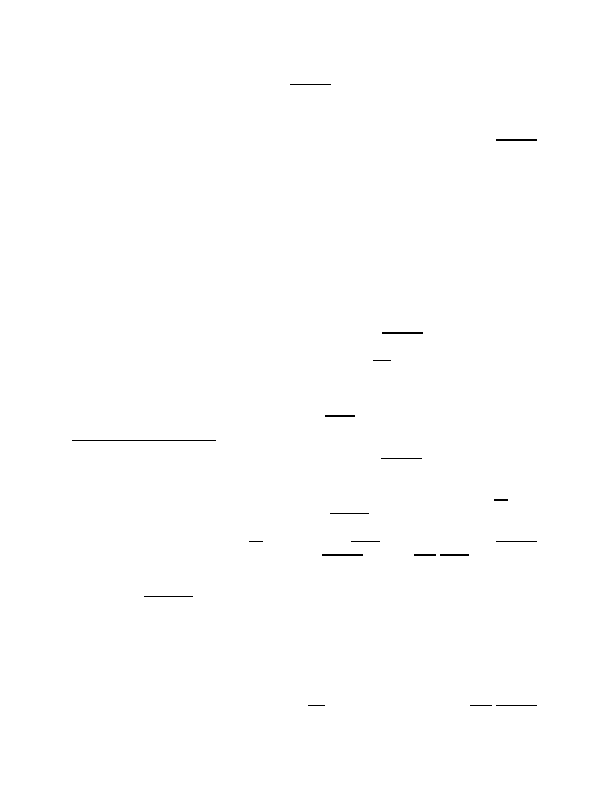
ineligible subject matter.
However, in Benson, the limitations tying the process to a
computer were not actually limiting because the fundamental principle at issue, a
particular algorithm, had no utility other than operating on a digital computer. Benson,
409 U.S. at 71-72. Thus, the claim's tie to a digital computer did not reduce the pre-
emptive footprint of the claim since all uses of the algorithm were still covered by the
claim.
B.
Applicants and several amici
have argued that the Supreme Court did not
intend the machine-or-transformation test to be the sole test governing § 101 analyses.
As already noted, however, the Court explicitly stated in Benson that "[t]ransformation
and reduction of an article 'to a different state or thing' is the clue to the patentability of a
process claim that does not include particular machines."
409 U.S. at 70 (emphasis
added). And the Court itself later noted in Flook that at least so far it had "only
9
We acknowledge that the Supreme Court in Benson stated that the claims
at issue "were not limited . . . to any particular apparatus or machinery." 409 U.S. at 64.
However, the Court immediately thereafter stated: "[The claims] purported to cover any
use of the claimed method in a general-purpose digital computer of any type." Id. And,
as discussed herein, the Court relied for its holding on its understanding that the
claimed process pre-empted all uses of the recited algorithm because its only possible
use was on a digital computer. Id. at 71-72. The Diehr Court, in discussing Benson,
relied only on this latter understanding of the Benson claims. See Diehr, 450 U.S. at
185-87. We must do the same.
10
See, e.g., Br. of Amicus Curiae Am. Intellectual Prop. Law Ass'n at 17-21;
Br. of Amicus Curiae Regulatory Datacorp, Inc. at 10-15.
11
We believe that the Supreme Court spoke of the machine-or-
transformation test as the "clue" to patent-eligibility because the test is the tool used to
determine whether a claim is drawn to a statutory "process"—the statute does not itself
explicitly mention machine implementation or transformation. We do not consider the
word "clue" to indicate that the machine-or-implementation test is optional or merely
advisory. Rather, the Court described it as the clue, not merely "a" clue. See Benson,
409 U.S. at 70.
2007-1130 13
